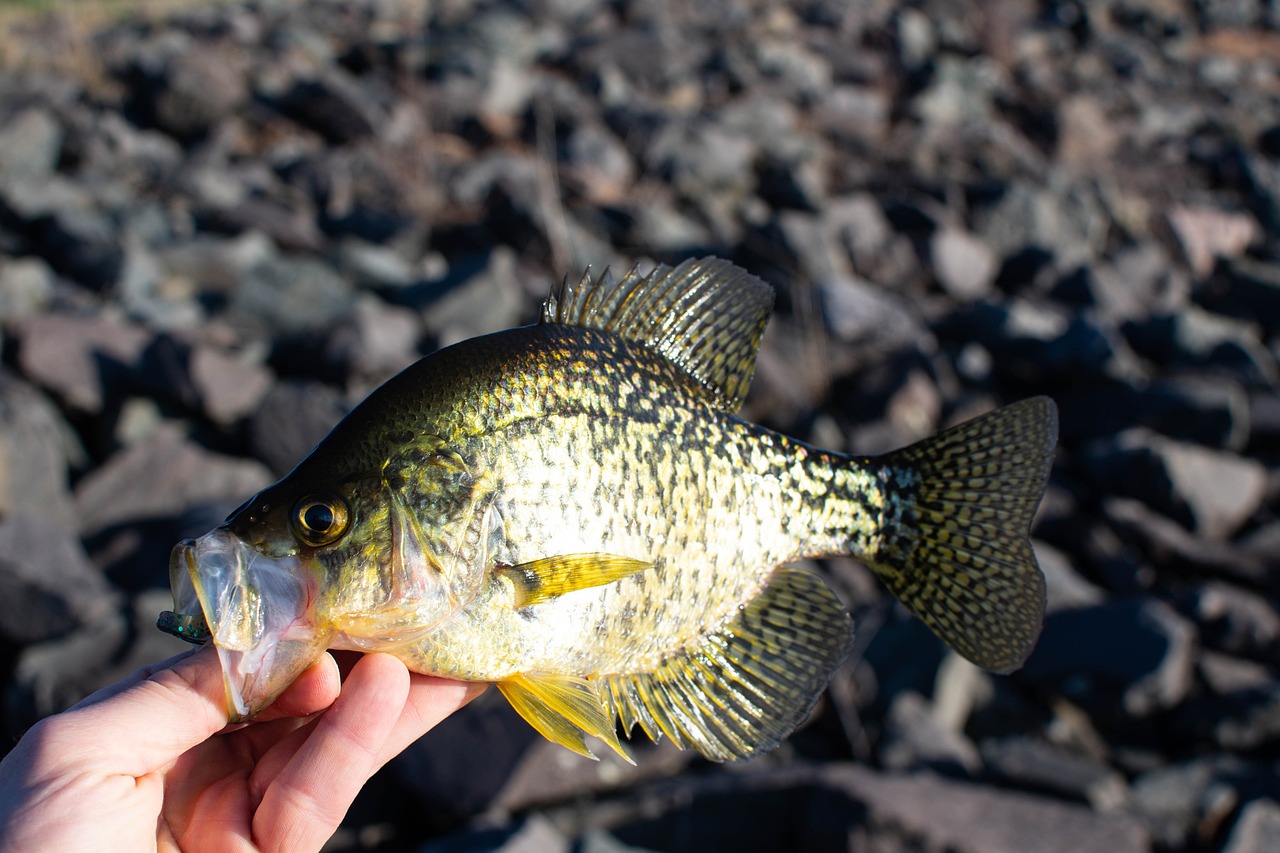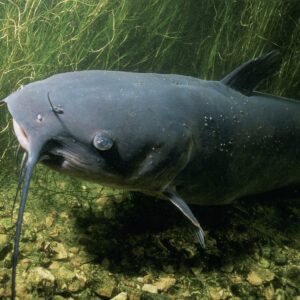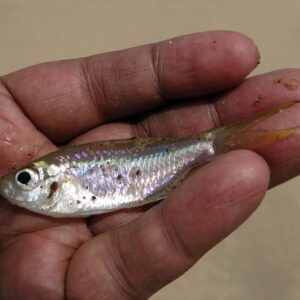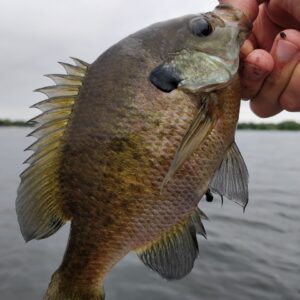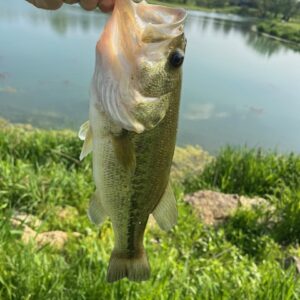The black crappie (Pomoxis nigromaculatus) is a popular freshwater fish found throughout North America. Known for its distinctive markings and excellent taste, it is a favorite among sport fishermen. The black crappie is a versatile and popular fish species known for its distinctive markings and valued as a game fish. Its adaptability to various freshwater environments and its role in both the food web and recreational fishing make it an important species in North American aquatic ecosystems.
Appearance
Color: Black crappies are typically olive-green to grayish with numerous black spots scattered across their body. These spots can give them a mottled appearance, especially on their back and sides.
Size: Black crappies generally grow to 8 to 12 inches (20 to 30 cm) in length, though some can reach up to 15 inches (38 cm) or more. Weights typically range from 0.5 to 2 pounds (0.2 to 0.9 kg), but larger specimens can exceed this range.
Body Shape: They have a laterally compressed, somewhat triangular body shape with a large mouth and long, spiny dorsal fins. Their pectoral fins are long and pointed, and their caudal fin (tail) is slightly forked.
Habitat
Range: Black crappies are native to North America, primarily found in the central and eastern United States. They are commonly found in lakes, ponds, rivers, and reservoirs.
Preferred Environment: They prefer clear, slow-moving or still waters with abundant aquatic vegetation. They are often found in shallow areas, especially during spawning seasons, but can also be found in deeper waters.
Behavior
Feeding: Black crappies are primarily carnivorous, feeding on small fish, insects, and other aquatic invertebrates. They use their keen eyesight to hunt prey, often ambushing smaller fish in their habitat.
Activity: They are generally more active during dawn and dusk. Black crappies can be found in schools, particularly when they are young, and they often hunt in groups.
Spawning: Black crappies spawn in the spring, usually when water temperatures reach around 60 to 65°F (15 to 18°C). They build nests in shallow, sandy or gravelly areas, often near structures like submerged logs or vegetation.
Nests and Fry: Males build and guard nests, which they create by clearing a small depression in the substrate. After the female lays eggs, the male fertilizes and guards them until they hatch. The fry are initially protected by the male and gradually venture out to forage on their own.
Angling and Conservation
Fishing: Black crappies are highly sought after by anglers for their tasty, flaky flesh and enjoyable fishing experience. They can be caught using a variety of methods, including live bait, jigs, and small lures. They are known for their schooling behavior, which can make fishing for them quite productive.
Conservation Status: Black crappies are generally abundant and not considered threatened. They are commonly stocked in ponds and lakes to enhance recreational fishing opportunities and support local fisheries.
Ecological Role
Predator and Prey: Black crappies play an important role in their aquatic ecosystems as both predator and prey. They help control populations of smaller fish and invertebrates and are also a food source for larger fish, birds, and other predators.
Impact on Ecosystems: They can influence the population dynamics of other fish species and contribute to the overall health of freshwater ecosystems through their feeding habits and reproductive behaviors.

